Department releases images, footage of dingoes scavenging on K’gari
Images and footage of dingoes hunting and scavenging on K’gari have been released by the Department of Environment and Science to show the animals do not need feeding.
Fraser Coast
Don't miss out on the headlines from Fraser Coast. Followed categories will be added to My News.
The Department of Environment and Science has released footage and images of dingoes scavenging on K’gari in the lead up to the school holidays, pleading with tourists not to feed the animals.
The images and footage show the dingoes eating fish, devouring a dead wallaby and eating a whale carcass.
Tourists visiting the island are urged to carry a dingo stick, never walk alone and never run, and keep children within arm’s reach.
Ranger in Charge Dr Linda Behrendorff said school holidays on K’gari were always a busy time for Queensland Parks and Wildlife Service rangers and Butchulla rangers.
“Our number one priority is the safety of residents and visitors to the island, and we want people to enjoy this World Heritage area without having a negative incident with a wongari (dingo),” Dr Behrendorff said.
“As the island’s apex predator, wongari play a pivotal role in maintaining the ecological balance, and they have plenty of food to eat.
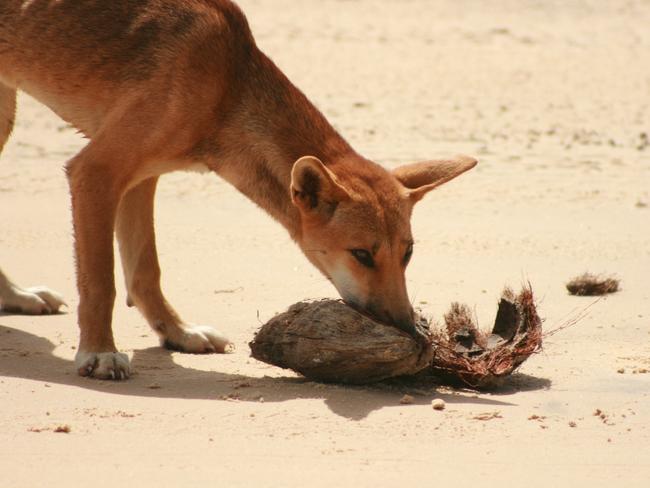
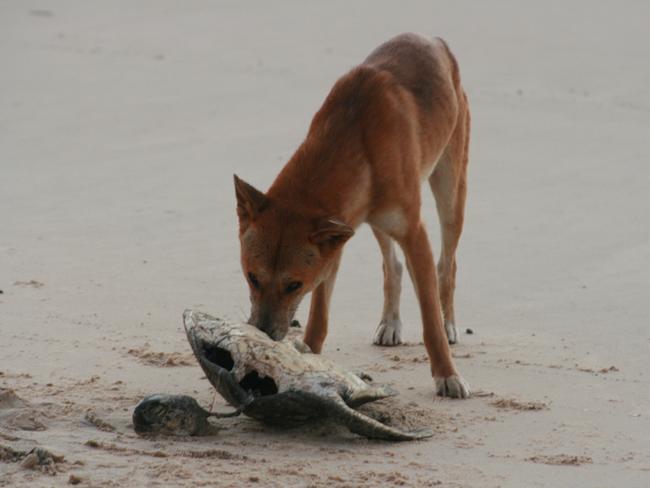
“People must never deliberately or inadvertently feed wongari, and people should never approach them or interact with them in any way.
“The actions of people, through feeding, making food available or approaching wongari for selfies can set them on the path to habituation.
“Feeding wongari, either intentionally or inadvertently, alters their natural behaviour and can lead to aggression, dependency on human food, and a disruption of their natural hunting patterns.
“For the wongari it can mean euthanasia as a last resort, and for residents and visitors it could lead to a frightening encounter with the animals that could result in serious injury.”
Dr Behrendorff said the QPWS had released footage showing the wongari scavenging and hunting on the island.
“We are releasing this footage to show people that the wongari are natural hunters and scavengers and do not need to be fed,” she said.
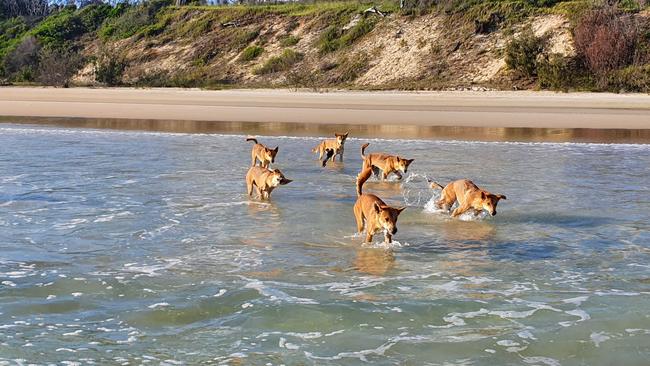
“This year at least six humpback whale calves have stranded on the island, and the wongari packs will consume the carcasses until there is nothing left.
“We are asking fishers to ensure they bury discarded bait and fish scraps at least 50cm below the surface so the wongari can’t smell them through the sand.
“Wongari will hunt wallaby, other native mammals and reptiles and will eat berries and other vegetation on the island.
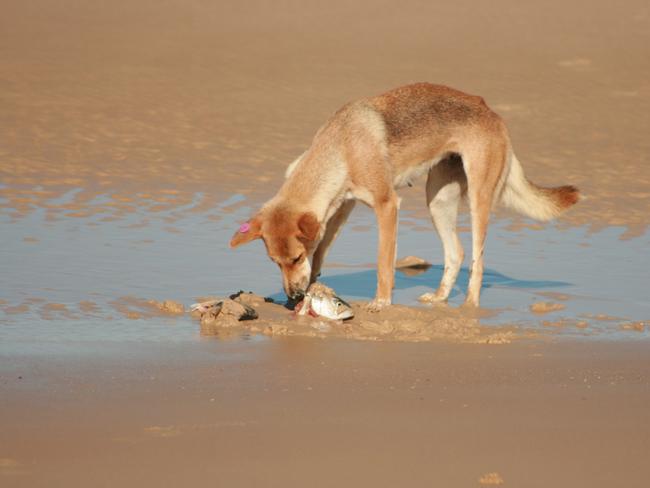
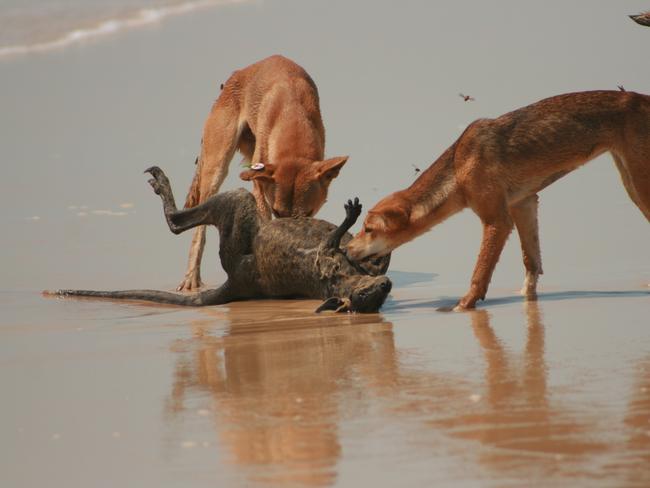
“So far this year, we have had 142 Code D interactions and 26 Code E interactions, and we don’t want any more incidents of threatening or high-risk behaviour from wongari.
“This is why we take a zero-tolerance approach and issue fines to people who deliberately or inadvertently feed or interact with wongari.
“It is also why we investigate information we receive from members of the public, and monitor social media accounts.
“Keep your distance from the wongari, secure your food and pay attention to the Be dingo-safe! rules, as they will help keep you safe.”




